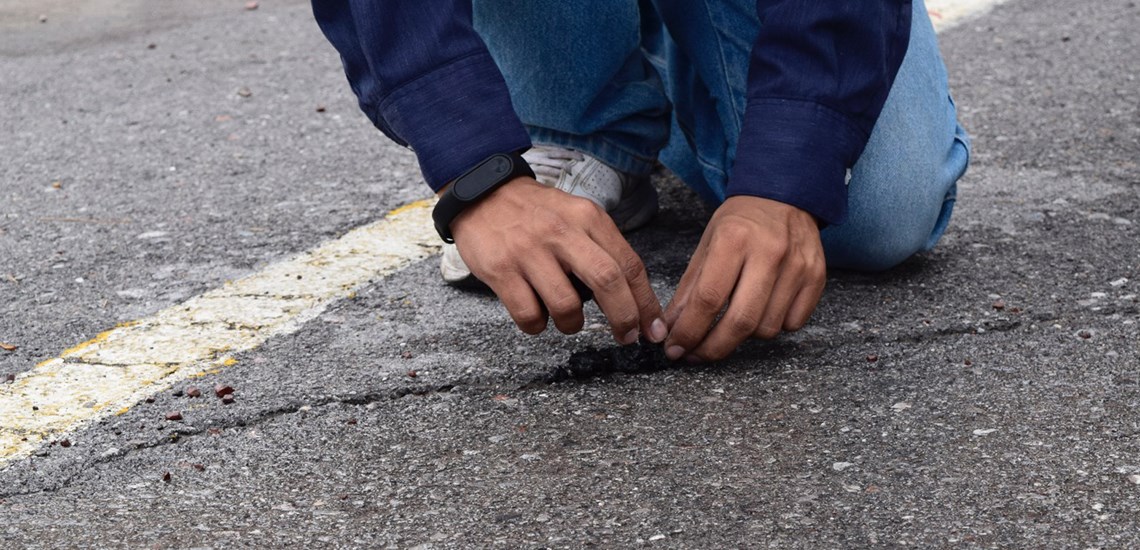Mexican researcher develops self-repairing asphalt that reacts with water. The developer has hopes of commercialising the product.
Self-Repairing Pavement from Recycled Rubber
In a new development, rain would repair rather than damage roads if they were made of the tyre-based pavement invented by Israel Antonio Briseño Carmona, a Mexican student and winner of the nation’s James Dyson Award.
The Coahuila Autonomous University student’s rubber pavement is made of recycled tyres combined with additives that allow it to self-regenerate upon contact with water.
Carmona began his research wanting to solve the problem of rainwater damage to streets, which manifests as potholes and cracks.
“Damage is caused by rain filtering to the base of pavements, weakening it and creating subsidence,” said the designer. “This is how the idea that is turning the greatest degradation agent into a recovery agent was born.”
There are other self-regenerating pavement materials in the world, but this appears to be the only one to harness water as a catalyst and to use waste tyres as its primary component.
Usually, concrete is combined with limestone-producing bacteria to make it self-repairing.
In Carmona’s invention, that effect is created by a putty, which is formed by heating the tyre rubber and other additives into one homogenous mixture.
When it touches rainwater absorbed by the pavement, this putty creates calcium silicates, healing any cracks.
Carmona obtained a patent for his unique idea in April under the name Paflec. It has not yet been used to build a road, but Carmona hopes that will change soon.
He explained that he has a three-phase plan to make his road-building idea a reality.
The first phase involves meeting with an engineer to “resolve doubts” about the project and then building a short section of road to ensure that it functions as envisaged. The second phase is to certify the construction system with the national building certification organisation ONNCCE, and the third phase is to gain approval from the Secretariat of Communications and Transportation.
“In the medium term, I would like to start my own construction company to be able to implement my invention,” Carmona said.
Carmona initially used standard asphalt instead of tyre rubber for the project, until he saw the opportunity to replace it with a common waste product.




















